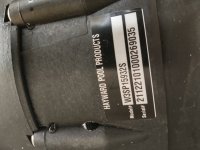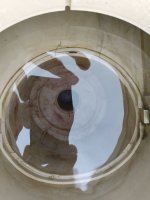- May 3, 2007
- 17,369
- Pool Size
- 20000
- Surface
- Plaster
- Chlorine
- Salt Water Generator
- SWG Type
- Hayward Aqua Rite (T-15)
Is the return side about the same?
What is the Matrix model#?
Is the plumbing all 2"?
What is the filter pressure?
What is the Matrix model#?
Is the plumbing all 2"?
What is the filter pressure?




